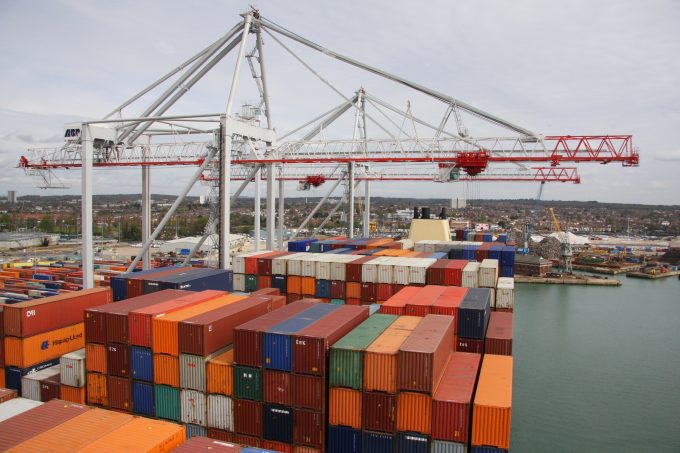Sudden spike belies 'boring' transatlantic airfreight market
On the face of it, transatlantic air trade between Europe and North America has been ...

The spot market which had the highest degree of price volatility in 2015 was the Asia-US east coast container shipping trade , according to new research by Drewry Maritime Advisors.
The World Container Index (WCI), jointly run by Drewry and Cleartrade Exchange, saw spot rates on the eastbound headhaul ...

Comment on this article